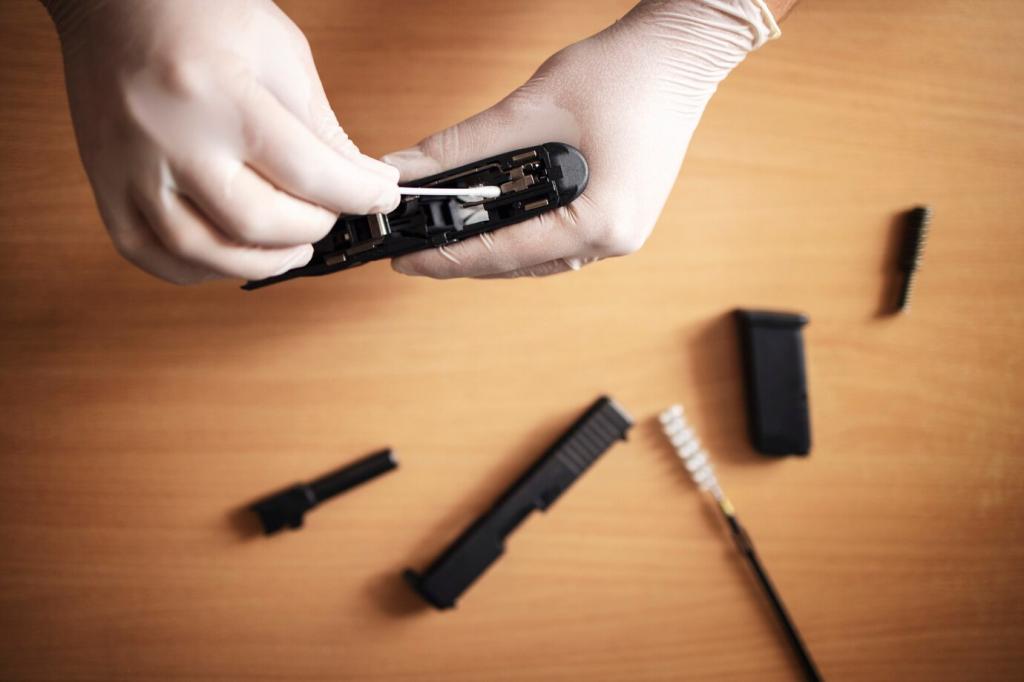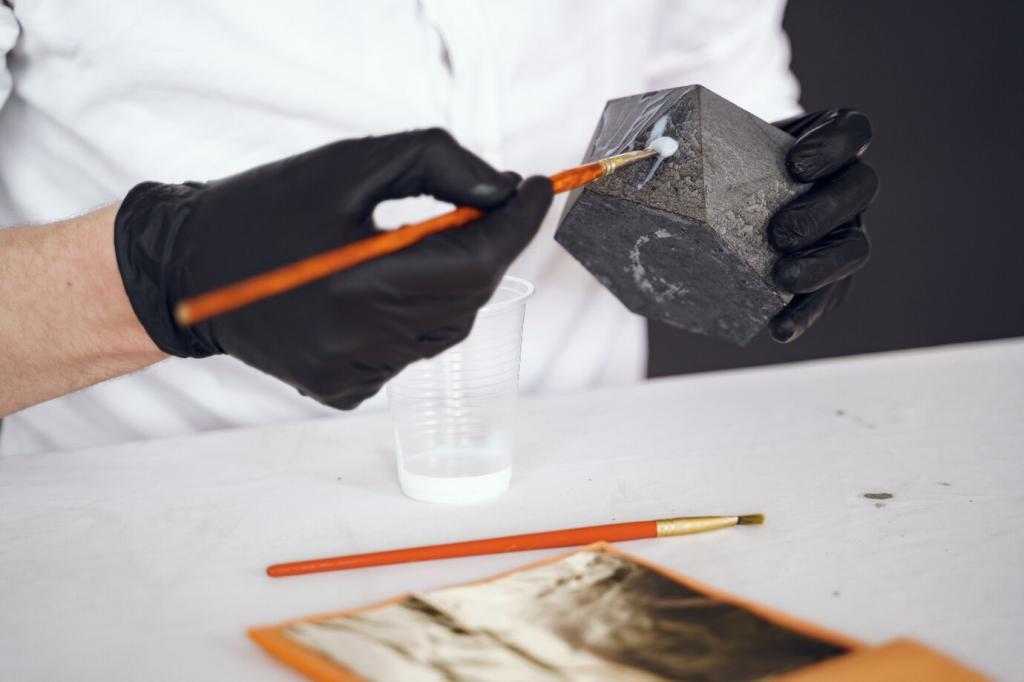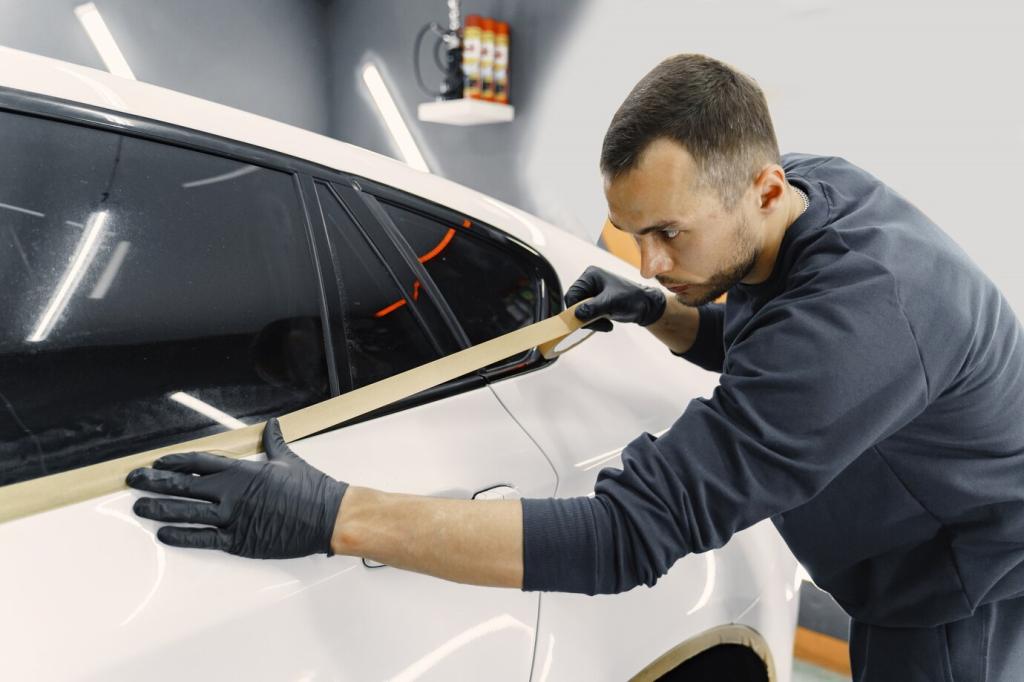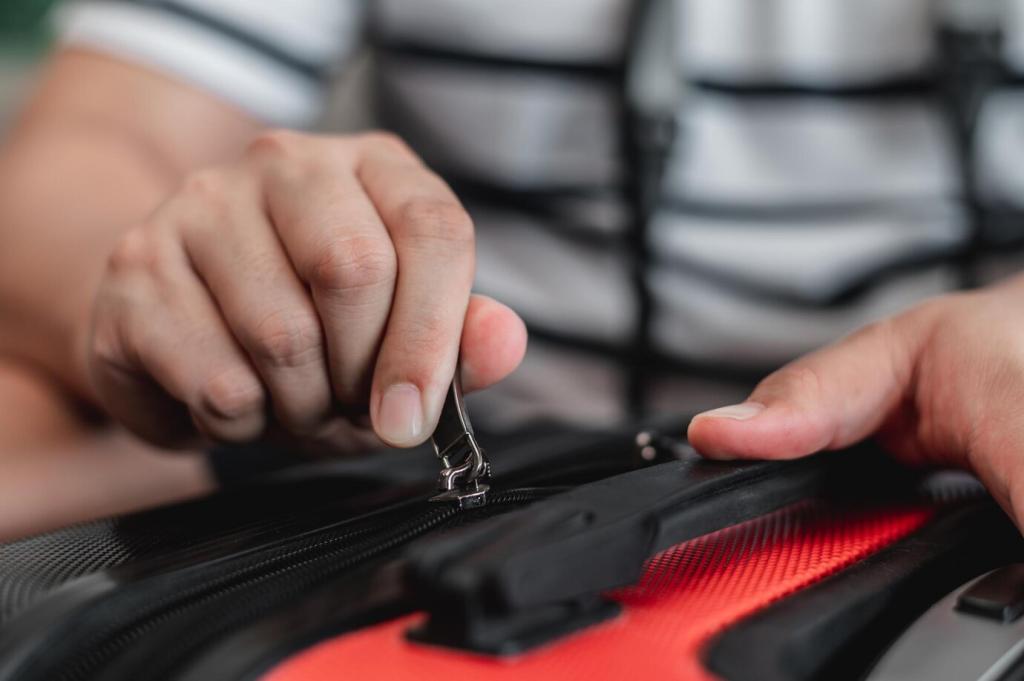Why Baking Soda Helps with Scratches
Baking soda particles are small and relatively soft, which lets you create a mild polishing paste that can gently round off harsh scratch edges without carving deeper grooves or stripping delicate surfaces.
Why Baking Soda Helps with Scratches
Mixed with water, baking soda forms a manageable slurry that stays where you put it, then rinses cleanly. That control reduces streaks, sticky residues, and accidental over-polishing that harsher compounds often cause.
Why Baking Soda Helps with Scratches
It helps with superficial scuffs, not deep gouges. Avoid delicate coatings, anti-glare films, and fine lacquer. Always test a tiny corner first, and share your results so others learn from your careful approach.
Why Baking Soda Helps with Scratches
Lorem ipsum dolor sit amet, consectetur adipiscing elit. Ut elit tellus, luctus nec ullamcorper mattis, pulvinar dapibus leo.





